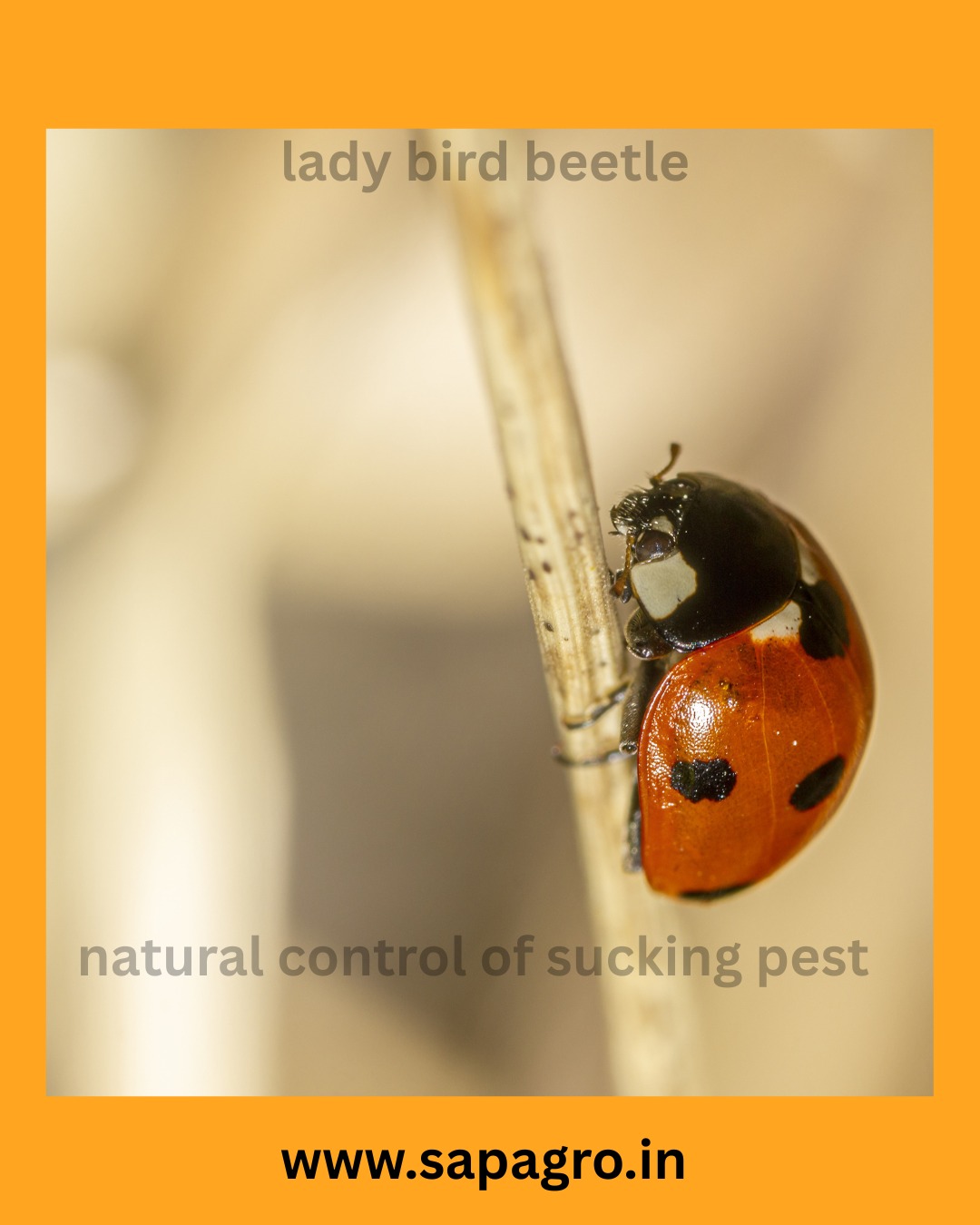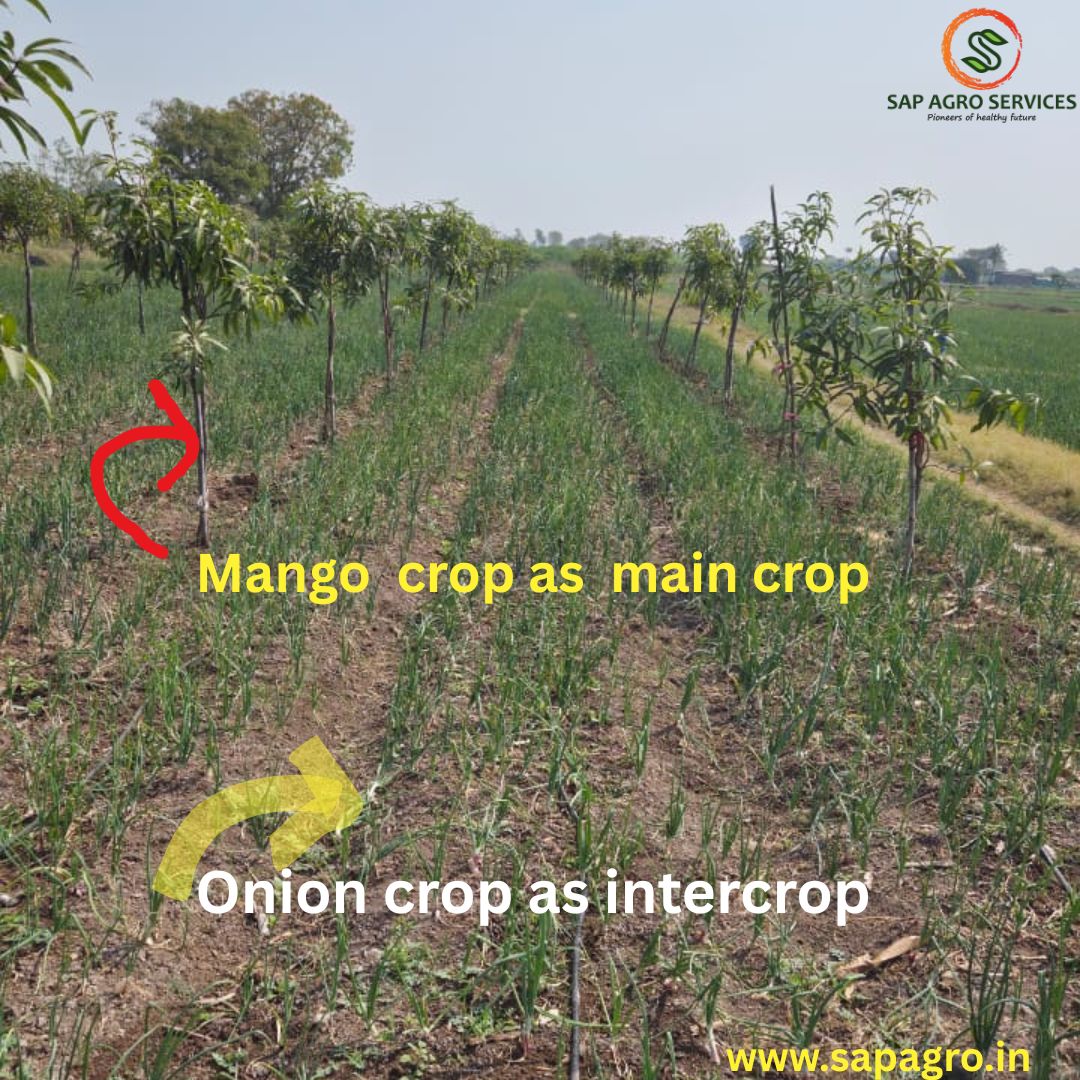Under Organic farming, pest control is a big concern. That becomes an even bigger headache for organic farmers who want to follow a clean and chemical-free farming process. There are different types of pests that can attack your farm and damage your crop. Aphids, spider mites, whiteflies, thrips – the list goes on. These pests often cause significant damage to your crops and that affects both your yield and the quality of your produce. Now you can’t of course use synthetic pesticides in organic farming as it poses environmental risks, harms beneficial insects, and leaves residues that are not acceptable. What, then, can you do?
Attending any organic farming training in Pune will teach you natural methods of pest control for your farm. There, you can learn all about the non-chemical ways to control pests in your farm. In this blog, we will cover such natural methods of pest control that organic farmers can use without any second thought. So, without further ado, let’s begin!
Understanding the Pests
Effective pest control starts with an effective understanding of what kind of pests your farm can attract. You can check the following list and find out the most common pests that organic farmers encounter:
Aphids
These are small, soft-bodied insects that are found on leaves and stems. They suck plant sap and causes leaf curling. Even worse, they secrete a sticky substance called honeydew that can also lead to mold.
Mites
These insects are quite tiny and they appear as small spiders. This is why they’re also called spider mites. They’re often hard to see with the naked eye. These pests thrive in hot and humid conditions. They can cause yellow spots and fine webbing on leaves.
Whiteflies
These are small, white, flying insects that often hide under leaves. Like aphids, they thrive on plant sap and secrete honeydew.
Thrips
These are slender insects that thrive on flower buds and leaves. They cause silver streaks, scarring, and distortions in the plant tissues.
Now that you have an idea of the common pests, you can finally start learning about the chemical-free organic methods of pest control.
Top Organic Pest Control Techniques
Encourage Beneficial Insects
While pests are insects that damage your crops, nature offers its own defence against these harmful insects in the form of beneficial predatory insects. Ladybugs, lacewings, and parasitic wasps feed on aphids, mites, and whiteflies. So, for example:
- Ladybugs consume up to 50 aphids per day.
- Lacewing larvae are voracious predators of soft-bodied insects.
- Parasitic wasps lay eggs inside pests, neutralizing them from within.
Neem Oil Spray
Neem oil is yet another time-tested natural pesticide. It functions by disrupting the life cycle of the pests. It also acts as a feeding deterrent and growth regulator. Here is how you can use neem oil:
- Mix 2–5 ml of neem oil with 1 liter of water and a few drops of Potassium based soap. The soap acts as an emulsifier.
- Spray early in the morning or late in the evening. Don’t forget to cover the undersides of leaves.
Apply neem oil regularly (every 15 days) and you can significantly reduce pest populations without harming the beneficial insects.
Garlic-Chili Spray
This is a pungent, natural concoction. It acts as a strong repellant for multiple pests. The recipe is as follows:
- Blend 1 bulb of garlic, 2 hot chilies, and 1 liter of water.
- Let it sit overnight, strain, and dilute with another liter of water.
- Add a few drops of soap for better adherence.
You can apply this spray on the affected areas weekly. It’s safe, and low-cost, and yet, effective to the core. Use of bioinsecticide, right time application control significantly. We an save the crop the severe reduction in terms of yield.
Crop Rotation and Companion Planting
Crops are grown in a planned sequence from season to season within a year or from year to year. Under Irrigated condition, it is grown in rotation with crops like chillies, vegetables, turmeric, mustard and gram.
For example:
Ragi + Pigeon pea
Ragi + field bean
Ragi + Fodder sorghum
Ragi + black gram
Paddy + Horse gram
Companion planting involves strategically planting different crops near each other to benefit one another. This can involve pest control, increased yields.
For example:
Basil +Tomato
Marigold+ Tomato
Basil +Onion
If you only farm one type of crop, it will naturally attract more pests. Try to diversify your crop layout. It disrupts the life cycle of pests that are specific to one particular crop. Rotate your crops every season. It prevents soil-dwelling pests from returning. You can also try companion planting. For example, grow basil with tomatoes to repel aphids.
Final Thoughts
Organic pest control is about balance, not eradication. Rather than aiming to eliminate every insect, the goal is to manage populations in a way that’s safe for crops, people, and the environment. By integrating these natural techniques into your farming practice, you can reduce dependency on chemicals and foster a healthier, more resilient farm ecosystem.
Learning and applying these methods takes patience, observation, and consistent effort; but the rewards are long-lasting: safer food, fertile soil, and a thriving farm.














